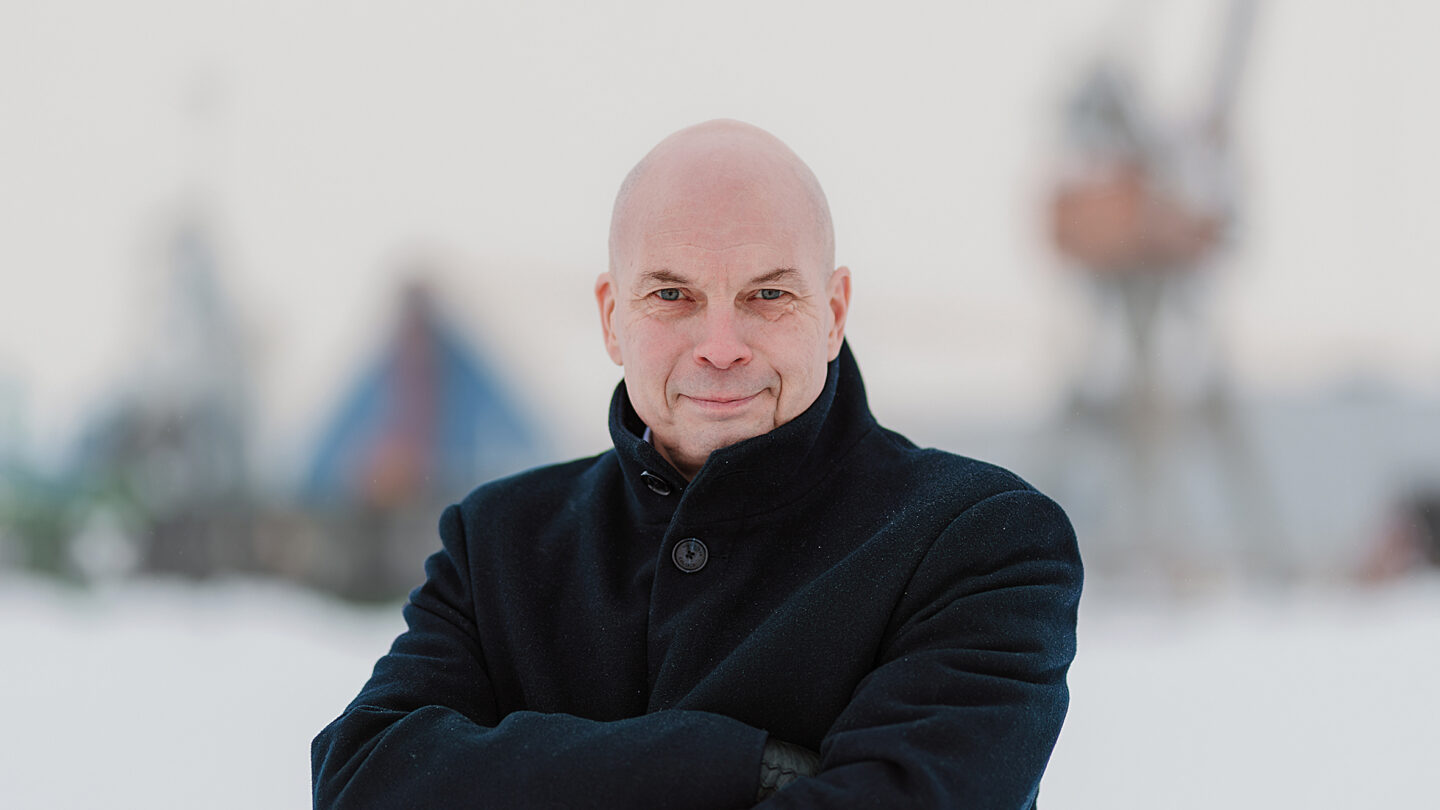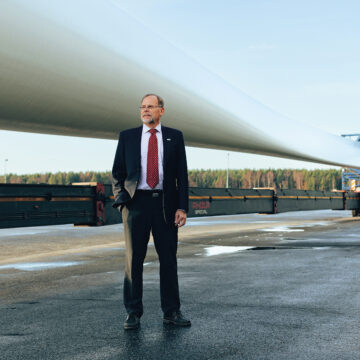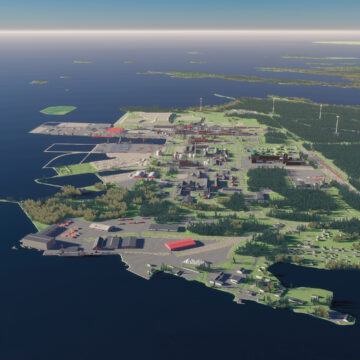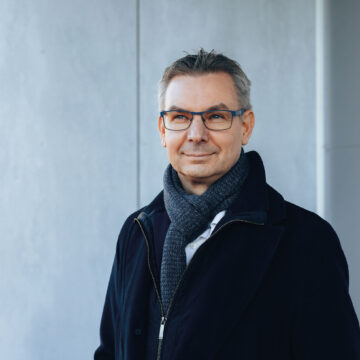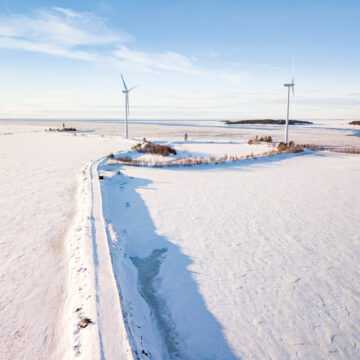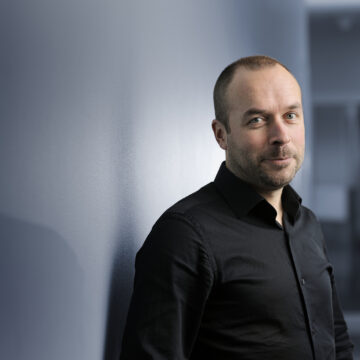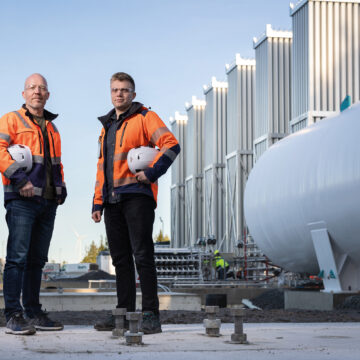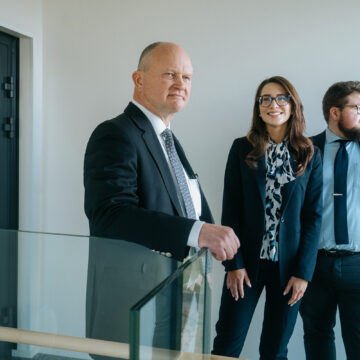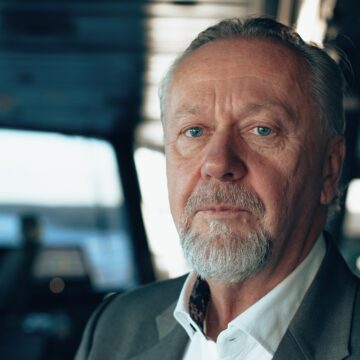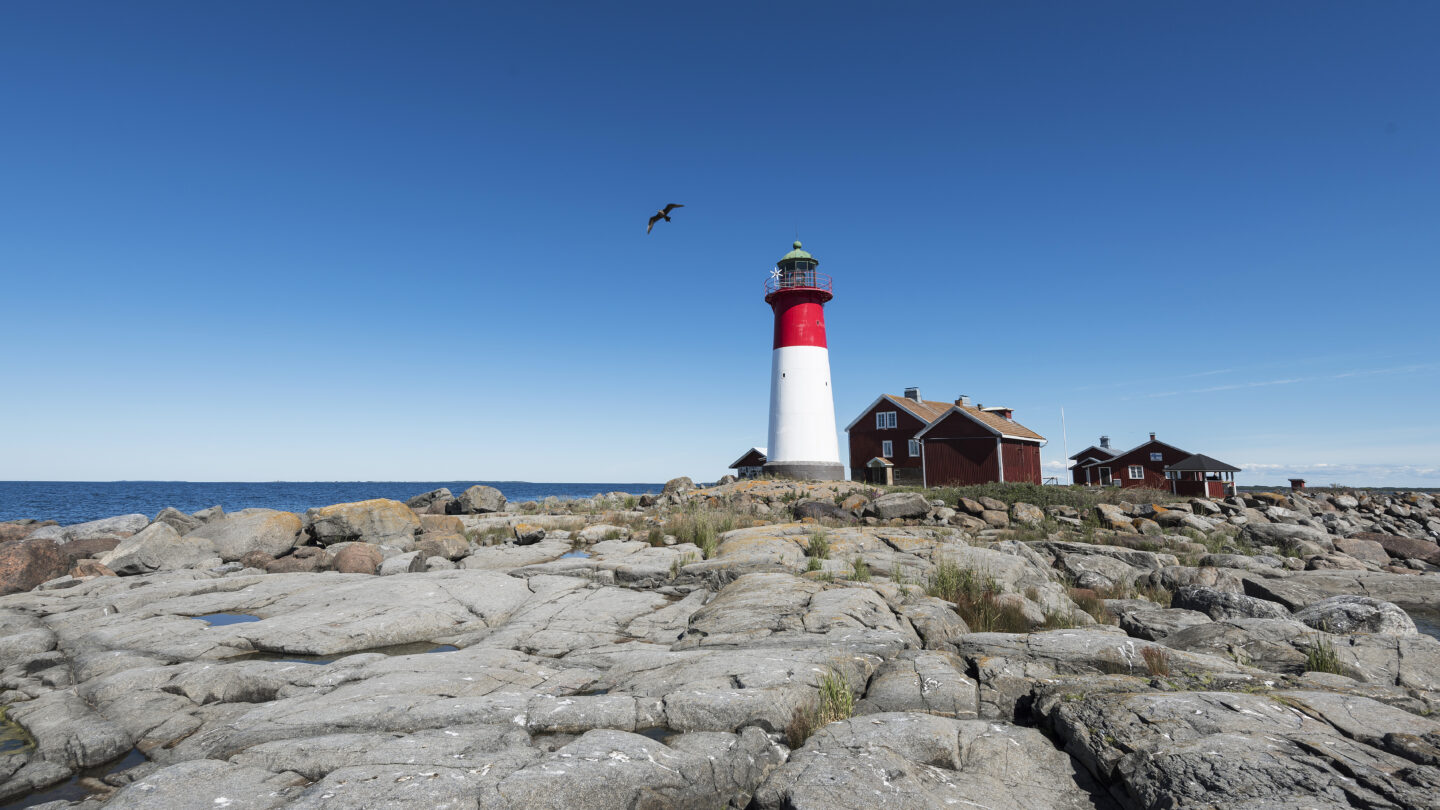
Lighthouse of Kvarken
In addition to the energy cluster, the west coast of Finland is home to another slightly lesser-known cluster – the sea cluster, managed by the Kvarken Council. The Council is one of twelve official cross-border operators co-funded by the Nordic Council of Ministers, and its main task is to promote cross-border cooperation in the regions found within the Kvarken geographical area.
“Recently, we have specifically focused on developing the region’s transport links, which is only natural, since it is difficult to cooperate without transport. A functioning maritime link from Vaasa to the west opens a door to the world and connects the North to the main Nordic maritime transport routes,” says Mathias Lindström of the Kvarken Council.

Umeå regions share a similar profile and therefore complement each other well,” Mathias Lindström says.
There has been a functioning shipping route between Vaasa and Umeå in Sweden for a long time, but there are plans to improve it in order to provide a closer link between the Kvarken regions. The goal of the Midway Alignment – Botnia Atlantica project is to facilitate future transnational infrastructure investments in the region.
“The shipping route is already sufficient, but it could be even better, since in its current form it doesn’t support the regions’ specific economy. A new ferry project will result in the building of the Kvarken Ferry, which will transport both people and goods, and thus promote business and trade. We have a vision of cross-border cooperation and our project is moving towards its goal of creating a common transport strategy for the entire Kvarken area. We are therefore not only talking about merely developing transport, but a comprehensive regional development project,” Lindström clarifies.
The Kvarken Ferry is estimated to be completed around 2021, but it has to secure financing before construction can begin. For example the European Union, the Ministerial Committee on Economic Policy, and many other parties has been interested to take part in the project.
“There is no comparable cooperation elsewhere, so there is interest. We on the Kvarken Council have the necessary expertise to carry out large projects and to complete the required applications and administration. However, a ferry project estimated to cost at least €150 million requires clearly presented justifications, which is why we have enlisted the best consultants in the country. Following thorough research of the topic, we were assured that the project will pay for itself quite quickly. This will help in securing the required funds,” Lindström says.
There is a lot of significant development work taking place in both Vaasa and Umeå, and thus the Kvarken Ferry project acts as a showcase for local companies in these regions to test their new innovations. As an example, energy solutions developed in Vaasa will help in making the ferry an almost entirely emission-free mode of transport. The goal is to build the Kvarken Ferry in a way that enables it to develop over time and allows it to be equipped with future innovations. According to Lindström, the project provides other benefits in addition to the new ferry.
“Nowhere else has maritime transport sought to cooperate as closely with local businesses. Both Finnish and Swedish companies have actively participated in designing the Kvarken Ferry, which indicates that there is a genuine need for the project. We have also received validation that the Kvarken Council is recognised as working specifically to benefit industry, acting as a lighthouse and leading the way.

